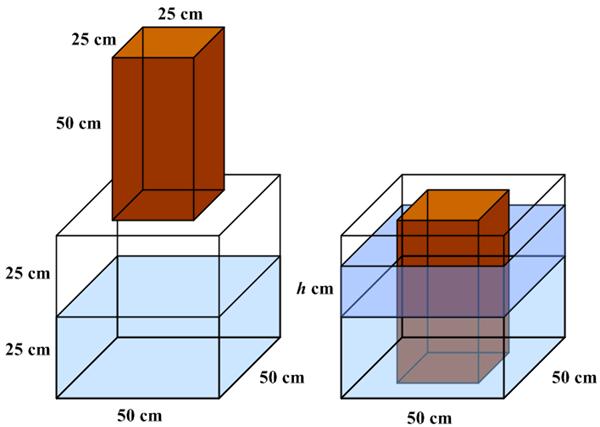 This is a puzzle from Talwalkar’s set of “Impossible Puzzles with Surprising Solutions.”
This is a puzzle from Talwalkar’s set of “Impossible Puzzles with Surprising Solutions.”
“Call this puzzle the leaning tower of rhombi.
There are 5 isosceles triangles, aligned along their bases, with base lengths of 12, 13, 14, 15, 16 cm. The 10 quadrilaterals above are in rows of 4, 3, 2, and 1. Each quadrilateral is a rhombus, and the top of the tower is a square. What is the area of the square?”
See Stacked Rhombuses Puzzle for solutions.

 This is a classic
This is a classic  This
This  I thought this puzzle, which was included among a set of seven
I thought this puzzle, which was included among a set of seven  This is a somewhat unusual
This is a somewhat unusual  This is another intimidating
This is another intimidating  Presh Talwalkar has an interesting new
Presh Talwalkar has an interesting new  ”
” Presh Talwalkar presented an interesting puzzle that originated in the Ladies’ Diary of 1739-40, was recast by Henry Dudeney in 1917, and further modified using American money.
Presh Talwalkar presented an interesting puzzle that originated in the Ladies’ Diary of 1739-40, was recast by Henry Dudeney in 1917, and further modified using American money. This is a relatively simple probability
This is a relatively simple probability  This is yet another series offered by
This is yet another series offered by 